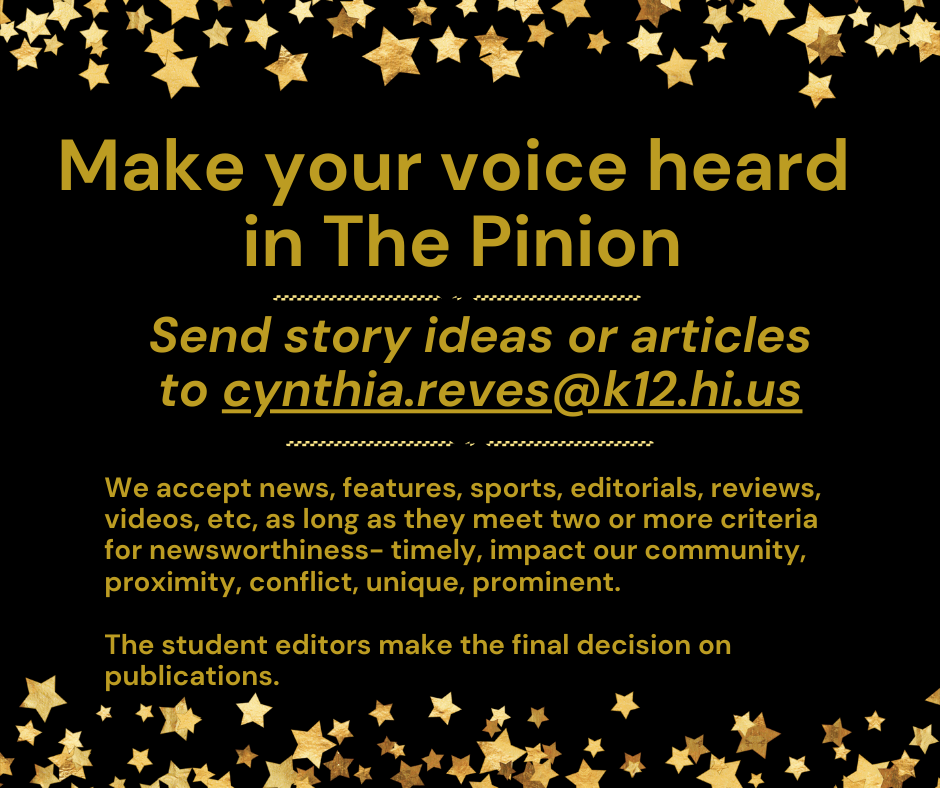Pros and cons of mainstreaming ELL students
McKinley is an inclusion school.
May 24, 2015
Foreign students who come to America often have difficulty adapting. The language barrier is the most difficult to overcome
MHS is an inclusion school, so English language learners are “not kept in separate classes,” ELL coordinator Seamus Puette said.
He said, “I’d rather see it as an asset to utilize.”
“They need special attention from teachers,” senior Winnie Lau said.
Teachers are taught how to teach ESL students in workshops to better the education of their students as a whole. In certain workshops, teachers are gathered together to learn how to teach foreign students in different ways. Whether it be through another student who can speak the same language or through visual aid, help is given.
Lau said she thought that she “would have moved faster because being with someone who doesn’t speak English, it’s hard to communicate.”
Although many teachers assist ELL students, local students may see it as unfair. Maybe teachers assign homework to the class, but the foreign students are excused from the work.
“The teacher just lets him get away with it,” senior Jonathan Cho said.
Cho said the teacher helps the student and “talks to him separately,” but eventually lets the work slide.
While many people may see ELL students in mainstream classes as an unsuitable choice, there are people who feel that it is the right decision.
“I don’t feel like it’s their fault,” senior Ryan Luu said.
Puette said foreign students can give a different view on certain types of books. He said getting a perspective from a different culture can be useful to the local students.





